Basic rules for planting and growing violets
Before you know how to plant a violet correctly, you should get to know this plant better. There are violets that are grown as houseplants. There are also garden violets, they are intended for cultivation in the garden in the open field.
Home violet
This is a very beautiful perennial plant that has won the hearts of many flower growers. It amazes with the number and variety of varieties. Here you will find any colors and shapes of graceful miniature inflorescences. The violet blooms almost all year round, if it is properly cared for.
In addition to its aesthetic properties, the plant also has medicinal properties. It is an excellent anti-inflammatory, diuretic, laxative. Violet can be used as an anesthetic or sedative medicine. They treat bronchitis, throat diseases, high blood pressure, skin ailments and so on.
How is home violet usually propagated?
It is customary to propagate a violet at home with an ordinary leaf. To get a good result, it is important to choose the right sheet. How to do it?
- A healthy leaf is selected, preferably from the third bottom row or from the second.
- The size of the sheet should be medium, the sheet itself is dense and strong. Small leaves do not contain many nutrients.
- The color of the stem also matters. A dark, rich green leaf is best. It will contain a lot of chlorophyll.
You can plant a violet fragment directly into the ground, or first germinate it in water.
It's easier to use the second method. Let's describe it in more detail.
First you need to properly prepare the soil in which the violets will be planted.
- It should be loose, breathable well.
- In addition, the soil needs fertilization (potassium and phosphorus). During the initial growth phase, nitrogen supplements will also need to be added.
- It is recommended to disinfect the earth. You can ignite it in the oven.
- A drainage layer is required. As a baking powder, you can add coarse sand from the river.
- For violets, acidic soil is best. The basis of the potting mix will be peat. Add baking powder to it. You can also add sphagnum moss here, it has the ability to perfectly absorb moisture, and is also used as a bactericidal agent. There is no need to oversaturate the soil with all kinds of nutritional supplements, otherwise the flowering will be sluggish, and the foliage, on the contrary, will turn green and grow magnificently. Often, in order to plant violets, ready-made soil is purchased at special retail outlets. Homemade soil will look like this: leafy soil (three parts) plus a layer of turf soil (in two parts), as well as coniferous and peat soil (taken one part each).
Germinating a leaf in water
The leaf for germination is cut with a well-sharpened knife at an acute angle. The cut should be straight and neat. The length of the cutting can be about 4-5 cm. The cut leaf is dried. But the cutting itself must be in the water. They immerse it in any container with water, make sure that a lot of light does not fall on the handle. Before immersion in water, the leaf is treated with a solution of copper sulfate, you can dip it in a solution of soap or salt. This is for disinfection.
The temperature of the germination water is recommended within 25 degrees. At a low temperature, the planting material will begin to rot. Keep an eye on the cuttings constantly, at the first signs of decay, cut it off by half a centimeter. The pruning procedure is sometimes carried out several times. After it, it is imperative to change the water.It will be useful to add growth-stimulating substances to the container with a leaf. The stalk will remain in the water until it releases small roots. Once this happens, the cut off part of the mother plant can be planted in the ground. First, the seedling is placed in a small germination container, then transplanted into a permanent pot.
Transplant tips
- When planting, do not place the plant deeply so that the roots do not rot. But you can't raise it too high either: the side roots should be two centimeters below the earth layer. It is necessary to moisturize young individuals with warmed water (up to 35 degrees). It is best for seedlings for the first week or two under cover of film or glass. This requires regular ventilation.
- It is necessary to separate the new plant from the parent specimen by loosening the earth around the roots with a needle. This will help to gently detach the roots of the young plant with your hands.
- It is necessary to transplant into a larger pot only when the volume of overgrown leaves exceeds the volume of the planting capacity twice.
Method two: direct planting into the ground
How to plant violets directly into the ground? For this procedure, you will need plastic cups. It's cheap and convenient. Holes must be made in the cups through which excess water will drain.
Now let's prepare the soil correctly.
- At the very bottom of the glass, a layer of expanded clay gravel is poured. This is to prevent the drain holes from clogging up with earth.
- Next, a layer of sand is placed as a loosening agent. He will not allow the earth to crack and stray into lumps.
- Now it is the turn for a nutritious earth layer with a layer of moss or vermiculite. This layer will give free passage of air to the roots.
- The soil must be well moistened and loosened.
A violet leaf is placed on the top layer of the earth and sprinkled on top with the same earth. In the future, the plant receives the necessary care.
Watering the stalk correctly should not be done in the usual upper way, but from below. How to do it? The glass is immersed in a container of water up to about half for a few minutes. Through holes in the bottom, water saturates the earth from bottom to top. After evenly moistening, place the glass in a warm place.
When the first leaves appear, overhead watering is possible through a sprayer.
The place for germination of violets is chosen responsibly. There should be a lot of light, but not from direct sunlight. Drafts should also be avoided, although fresh air is good for the seedlings.
To prevent mold from forming on the top layer of the earth, the ground cover is increased by another centimeter.
Three months later (at this time, careful care is needed), new shoots are separated from the cuttings of an adult. They are transplanted back into disposable cups filled with the same soil composition. Here they are grown a little, then they are planted in large pots for constant growth.
Care basics
Growing violets involves the following care.
- Sufficient indirect sunlight.
- A warm room with an air temperature of at least 15 degrees.
- High air humidity.
- Regular but not redundant bottom watering.
- Spraying leaves, washing them from dust with a small stream of water.
- Top dressing. Superphosphate is introduced into the soil when planting. Then they are fed during the flowering period (twice a month) and after it (once a month). Do it like this: dilute the nutrient mixture with cool water and water the plant.
- Artificial additional lighting during the cold season.
- It is recommended to replace the soil in the pot with a new one once a year. In this case, the plant is planted in the same pot.
- Removal of yellow and dried leaves, sluggish flowers.
- Fresh air without drafts.
Garden violet
Violets are grown not only on the windowsills in the apartment. It is popular with gardeners as an excellent element for the decor of a summer cottage. Garden varieties of violets are planted in open ground.For example, pansies, scented (or smelly) violet. The latter has an attractive appearance, a strong pleasant aroma and a lot of useful properties.
This flower does not require complex care. He loves to grow in the sun or in a light shade. The fragrant violet suffers greatly from drought and severe frost. You can breed it by cuttings, using seeds or dividing the mother bush.
Tips
- The fragrant violet loves moisture, but you should not fill the flower. When watering it, do not let water get on the leaves.
- Top dressing is also care. Do not use nitrogen-containing fertilizers and organics. During flowering, fertilizing is carried out every week.
- The flower needs regular weeding and loosening.
- The soil for a fragrant violet needs airy and fertile.
The number of fans of violets is constantly growing. And rightly so: graceful plants fit very well into the borders of the garden plot, balcony containers, and also occupy a royal place among the flowers that populate apartment windowsills.
If you want to join the ranks of violet lovers, you will have to give these flowers proper attention and care so that they will thank you with their long flowering. Even during the cold season, you can enjoy a piece of summer on your window.
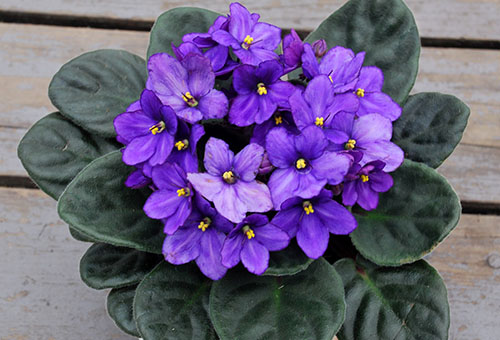
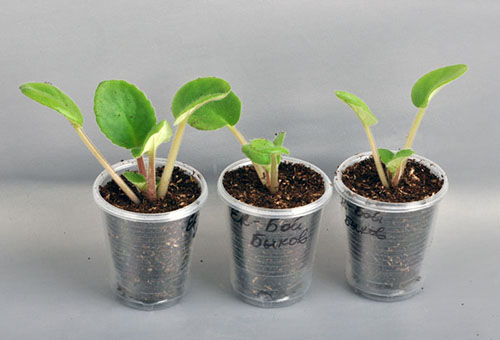
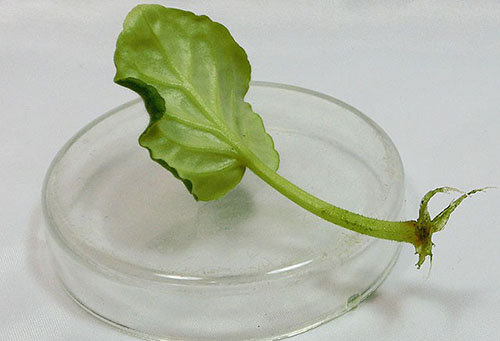
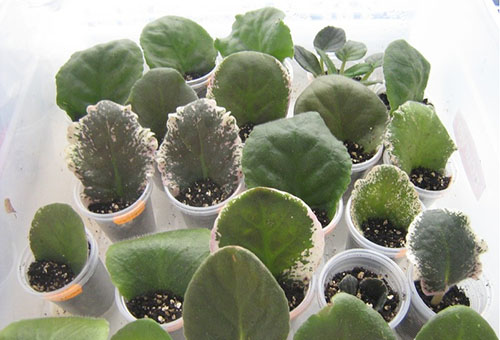
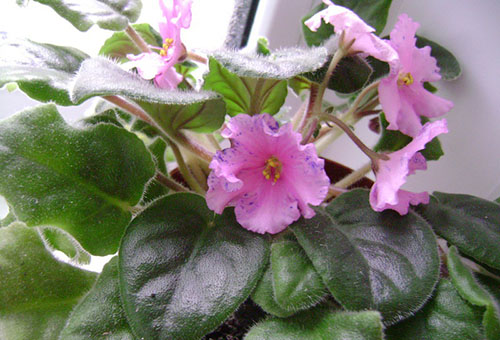
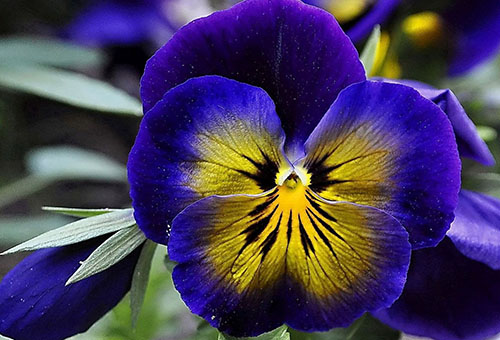
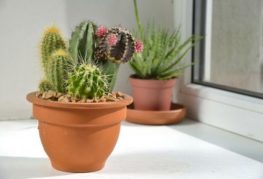
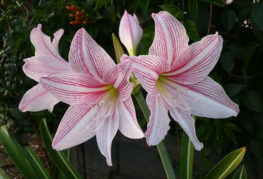
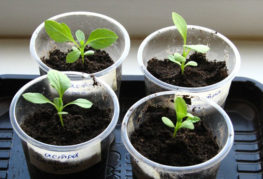


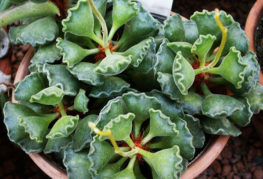
and will be published shortly.